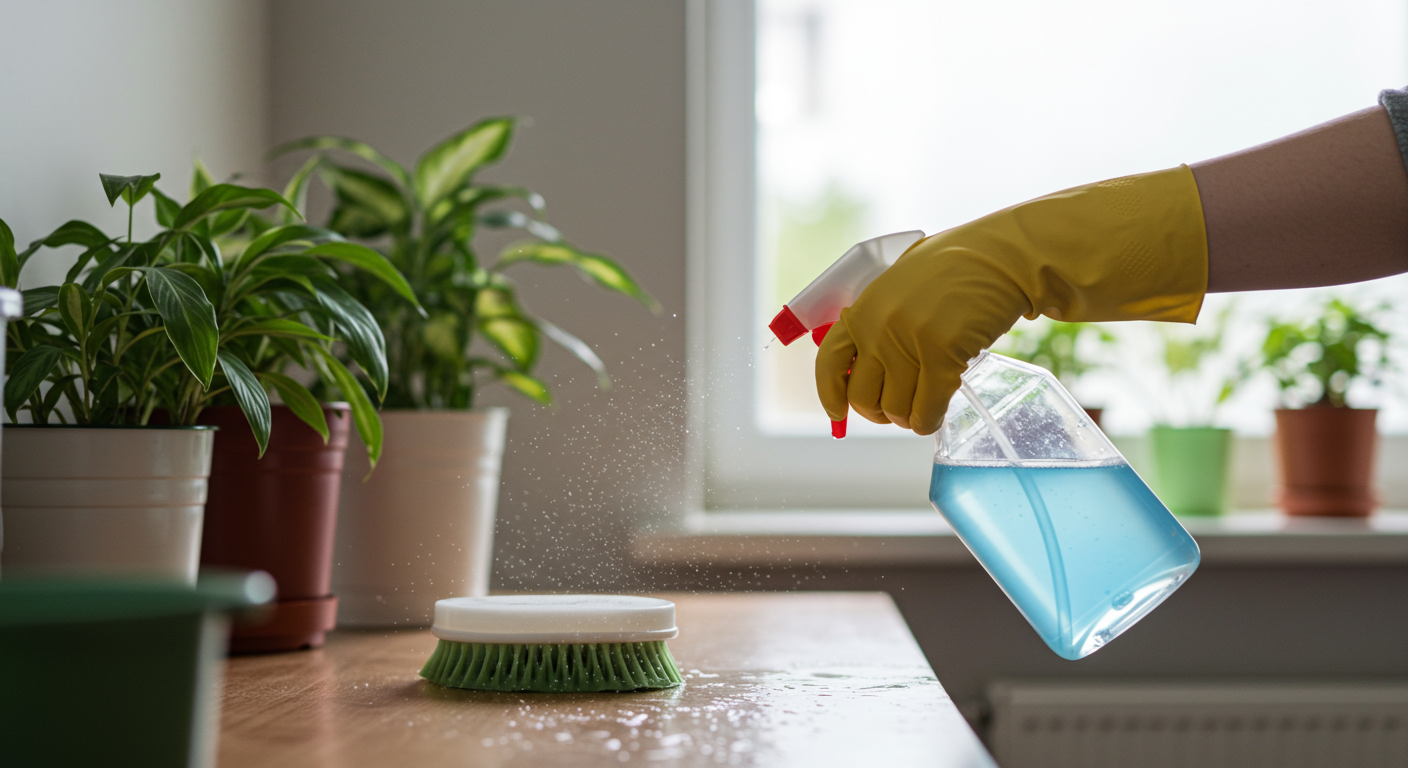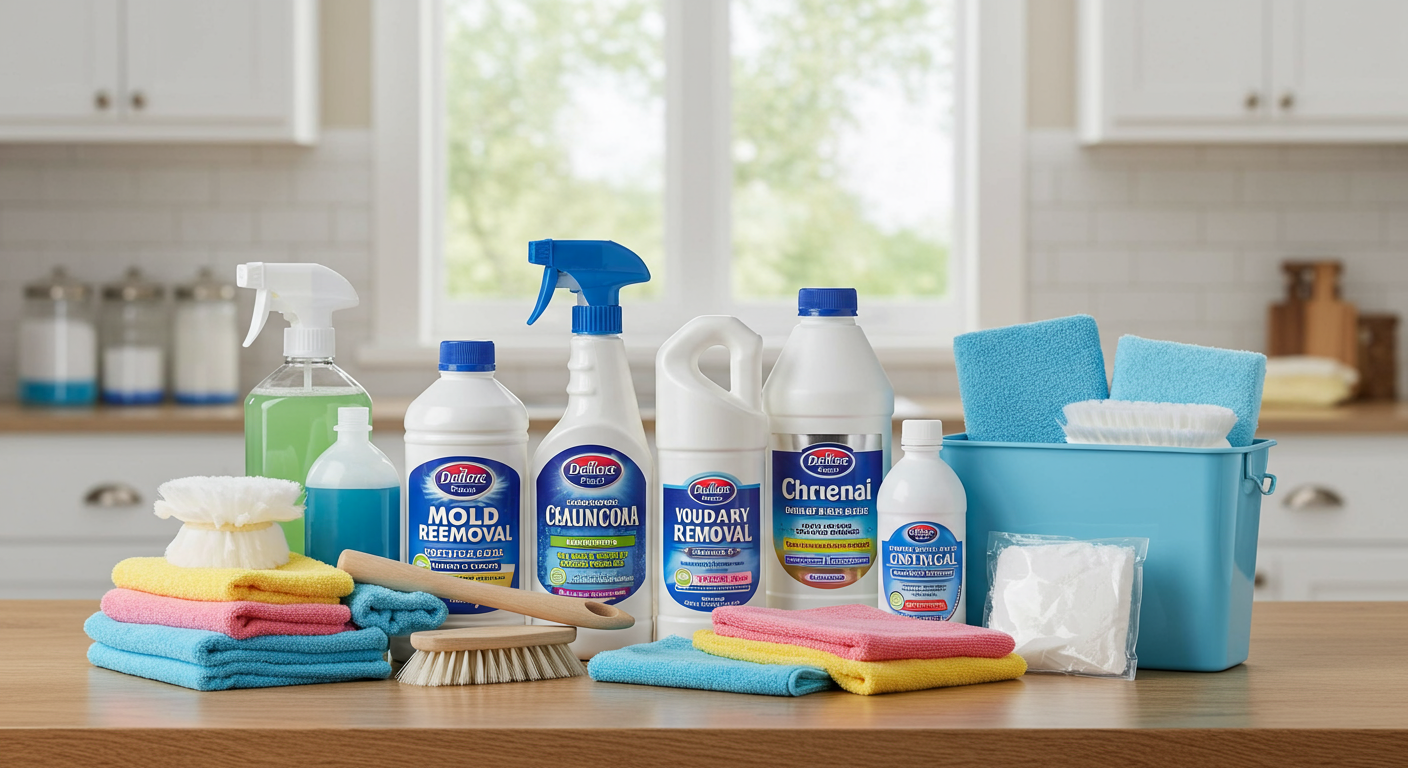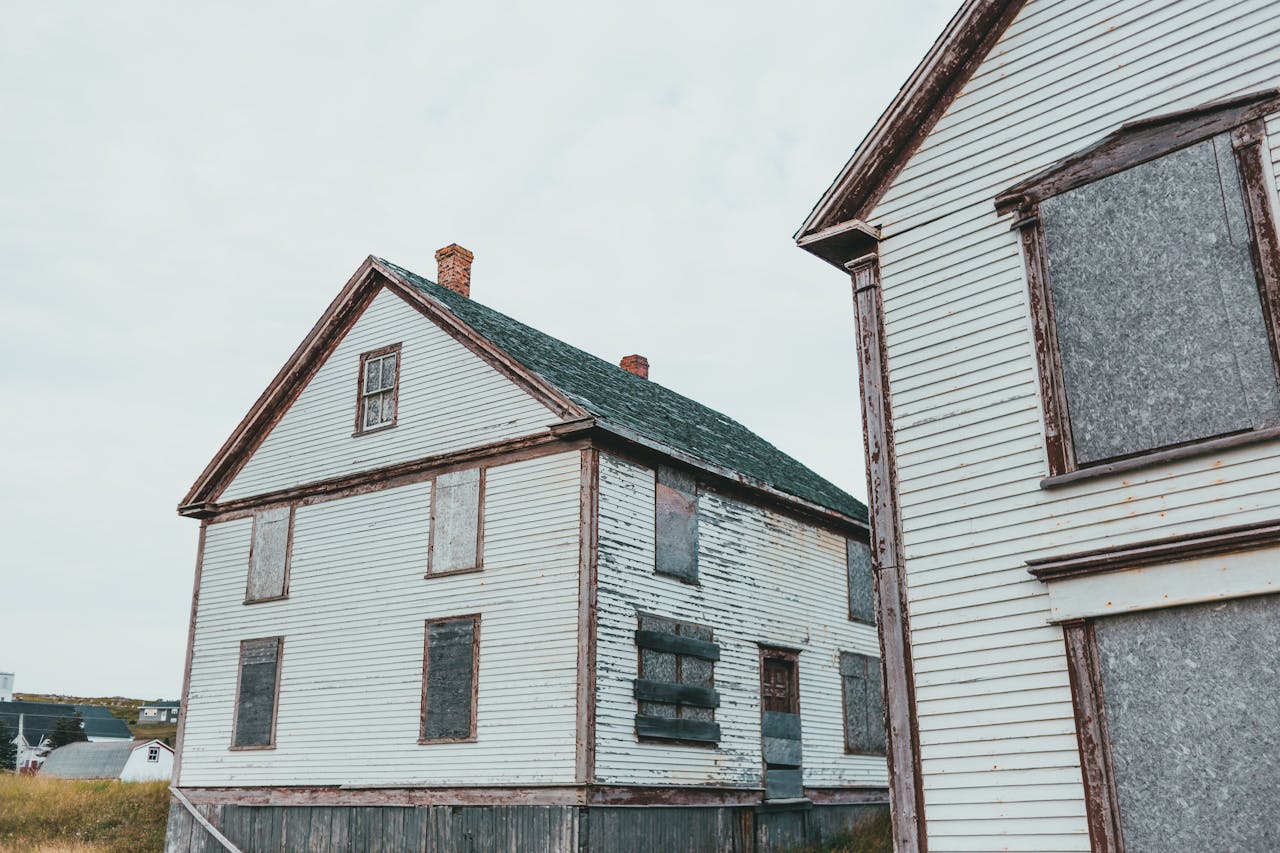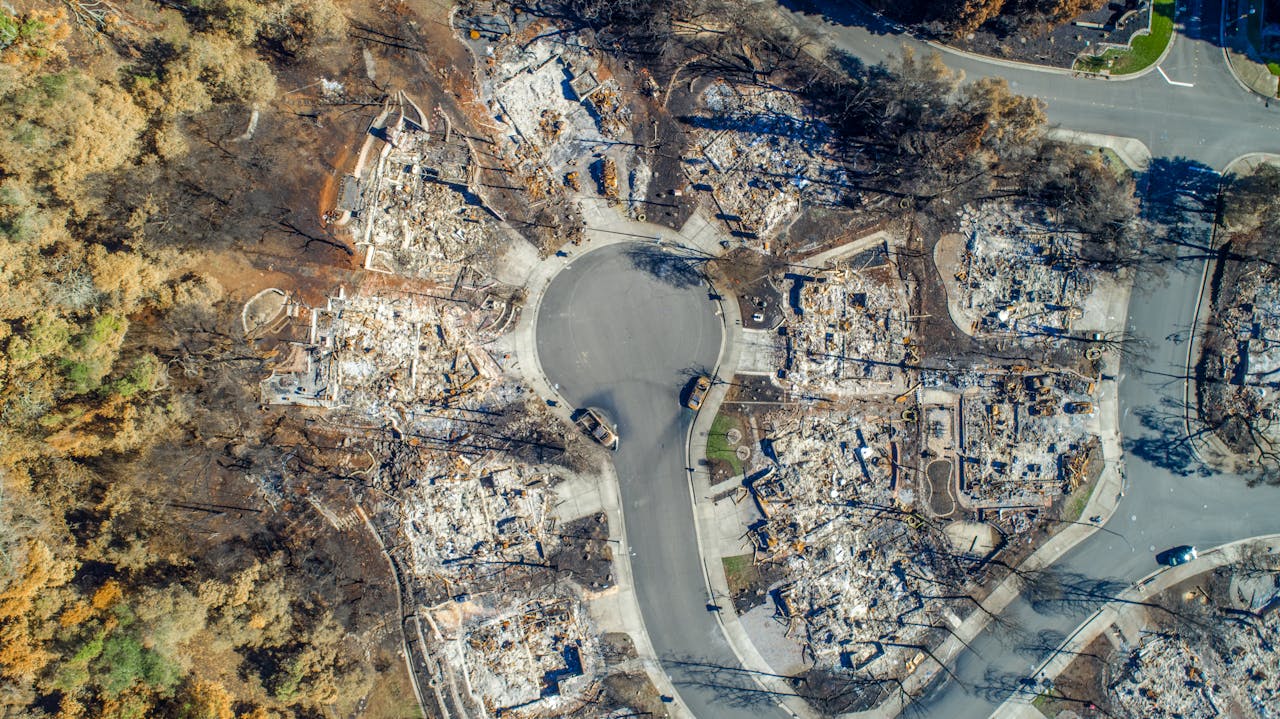Mold is a persistent and unwelcome guest in many homes, posing risks to both property and health. Understanding how to effectively kill mold and prevent its return is crucial for maintaining a safe and healthy living environment. In this guide, we’ll explore proven methods, products, and preventive measures to help you achieve a mold-free home.
Understanding Mold and Its Risks
What is Mold?
Mold is a type of fungus that thrives in damp, humid environments. It reproduces through tiny spores that travel through the air and settle on surfaces. Common areas for mold growth include bathrooms, basements, kitchens, and any space with poor ventilation. Mold can appear in various colors, such as black, green, or white, and often has a musty odor.
Health Risks Associated with Mold Exposure
Exposure to mold can lead to a range of health issues, particularly for individuals with allergies, asthma, or compromised immune systems. Symptoms may include respiratory problems, skin irritation, and eye discomfort. Prolonged exposure can exacerbate these conditions, making it essential to address mold growth promptly. For more detailed insights on protecting your health, check out Comprehensive Mold Plan for Macon, GA: Protect Your Home and Health.
Effective Methods to Kill Mold
Chemical Cleaners: How They Work
Chemical cleaners, such as bleach and commercial mold removers, are highly effective at killing mold on non-porous surfaces. These products work by breaking down the mold’s structure and preventing regrowth. However, they can be harsh on the skin and lungs, so proper ventilation and protective gear are essential when using them.
Natural Alternatives: Eco-Friendly Solutions
For those seeking a greener approach, natural solutions like vinegar, baking soda, and tea tree oil can effectively kill mold. Vinegar, for instance, has antifungal properties and can be sprayed directly onto moldy surfaces. Baking soda, when mixed with water, creates a gentle scrub that removes mold without damaging surfaces. These alternatives are safe, cost-effective, and environmentally friendly.

Step-by-Step Guide to Mold Removal
Preparing Your Space for Mold Cleanup
Before tackling mold, it’s important to prepare the area to ensure safety and efficiency. Start by wearing protective gear, including gloves, a mask, and goggles. Seal off the affected area to prevent mold spores from spreading to other parts of your home. Gather all necessary cleaning supplies, such as brushes, cleaning solutions, and disposable towels.
Detailed Instructions for Different Surfaces
- Walls and Ceilings: Use a mixture of water and detergent or a commercial mold remover. Scrub the surface thoroughly and let it dry completely.
- Carpets and Upholstery: For small areas, use a steam cleaner or a mixture of vinegar and water. For extensive mold damage, consider replacing the material.
- Tiles and Grout: Apply a paste of baking soda and water, scrub with a brush, and rinse with warm water.
- Wood Surfaces: Use a diluted vinegar solution to gently clean the mold without damaging the wood.
For professional assistance, consider Expert Mold Consultation Services in Sandy Springs, GA: Protect Your Home Today!.
Preventing Future Mold Growth
Importance of Moisture Control
Mold thrives in damp environments, making moisture control a key factor in prevention. Regularly inspect your home for leaks, condensation, and areas with poor ventilation. Use dehumidifiers in high-humidity areas and ensure that bathrooms and kitchens are well-ventilated.
Tips for Maintaining a Mold-Free Environment
- Fix plumbing leaks promptly to prevent water accumulation.
- Clean and dry areas prone to moisture, such as shower stalls and windowsills.
- Use mold-resistant paint in areas prone to dampness.
- Regularly clean and maintain HVAC systems to prevent mold buildup.
For more expert tips, explore Comprehensive Mold Inspection and Treatment Services in Valdosta, GA: Your Guide to a Mold-Free Home.
Mold removal and prevention require a proactive approach, combining effective cleaning methods with long-term preventive measures. By following the steps outlined in this guide, you can ensure a safe, healthy, and mold-free home for you and your family.


